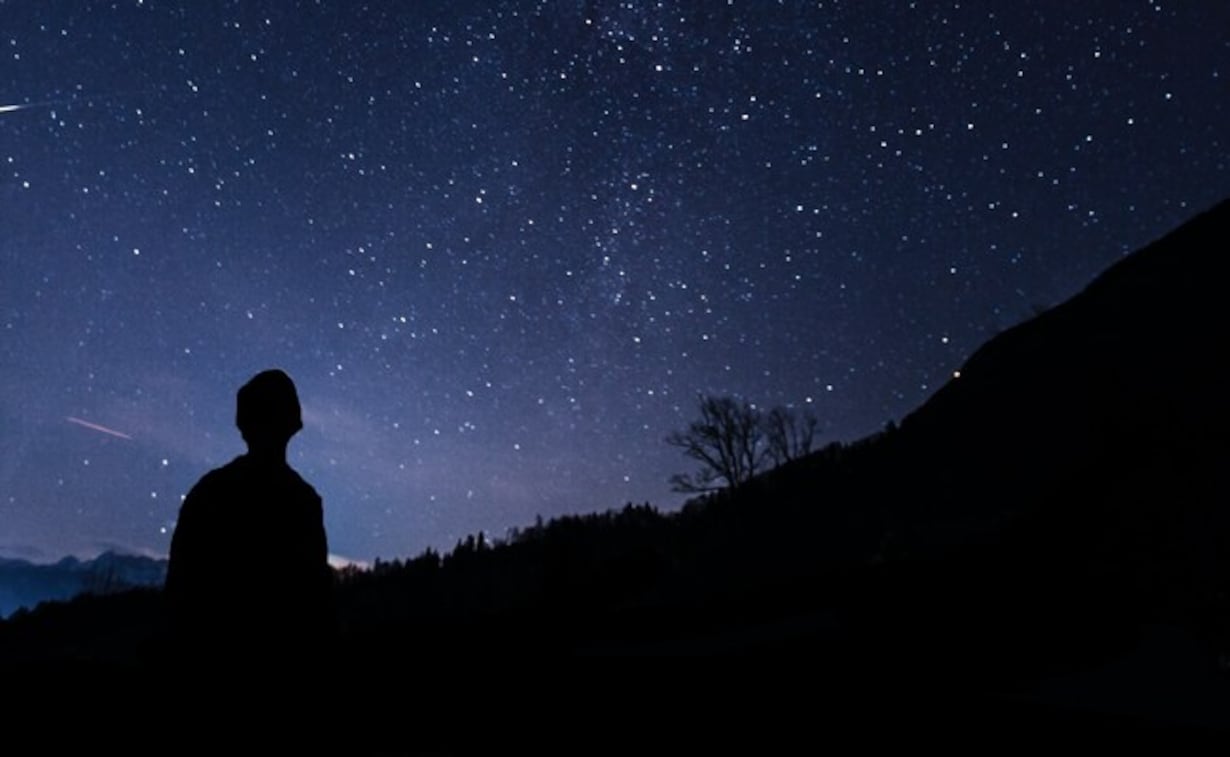Scientists have observed the earliest-regarded map of night time sky from a monastery in Egypt withinside the shape of parchment, in step with a record in Nature. The supermegacelebrity catalogue, misplaced so far, became organized via way of means of astronomer Hipparchus. The parchment became preserved at St Catherine’s monastery on Egypt’s Sinai Peninsula, the hole similarly stated. Scientists were trying to find Hipparchus’ catalogue for centuries. The Greek astronomer is credited with the invention of the way Earth ‘wobbles’ on its axis. He is likewise stated to be the primary to calculate the motions of the Sun and Moon.
Nature quoted James Evans, a historian of astronomy on the University of Puget Sound in Washington, as pronouncing that the discover is “rare” and “remarkable”. “It additionally illuminates a important second withinside the delivery of science, while astronomers shifted from really describing the styles they noticed withinside the sky to measuring and predicting them,” he similarly stated, in step with Nature.
The authentic manuscript belonged to the Greek Orthodox St Catherine’s Monastery withinside the Sinai Peninsula, however maximum of its 146 leaves, or folios, are actually owned via way of means of the Museum of the Bible in Washington DC, stated Nature. Nine of those folios contained astronomical material, which had been possibly transcribed in 5th or 6th centuries.
These manuscripts had been first analysed via way of means of Jamie Klair, a pupil of biblical student Peter Williams on the University of Cambridge. In 2017, those pages had been once more analysed the usage of multispectral imaging and the 9 folios had been revealed. Legible coordinates of most effective one constellation, Corona Borealis, may be recovered from the folios, however researchers suppose it’s miles in all likelihood that the whole night time sky became mapped via way of means of Hipparchus at a few point, stated Science Alert.

